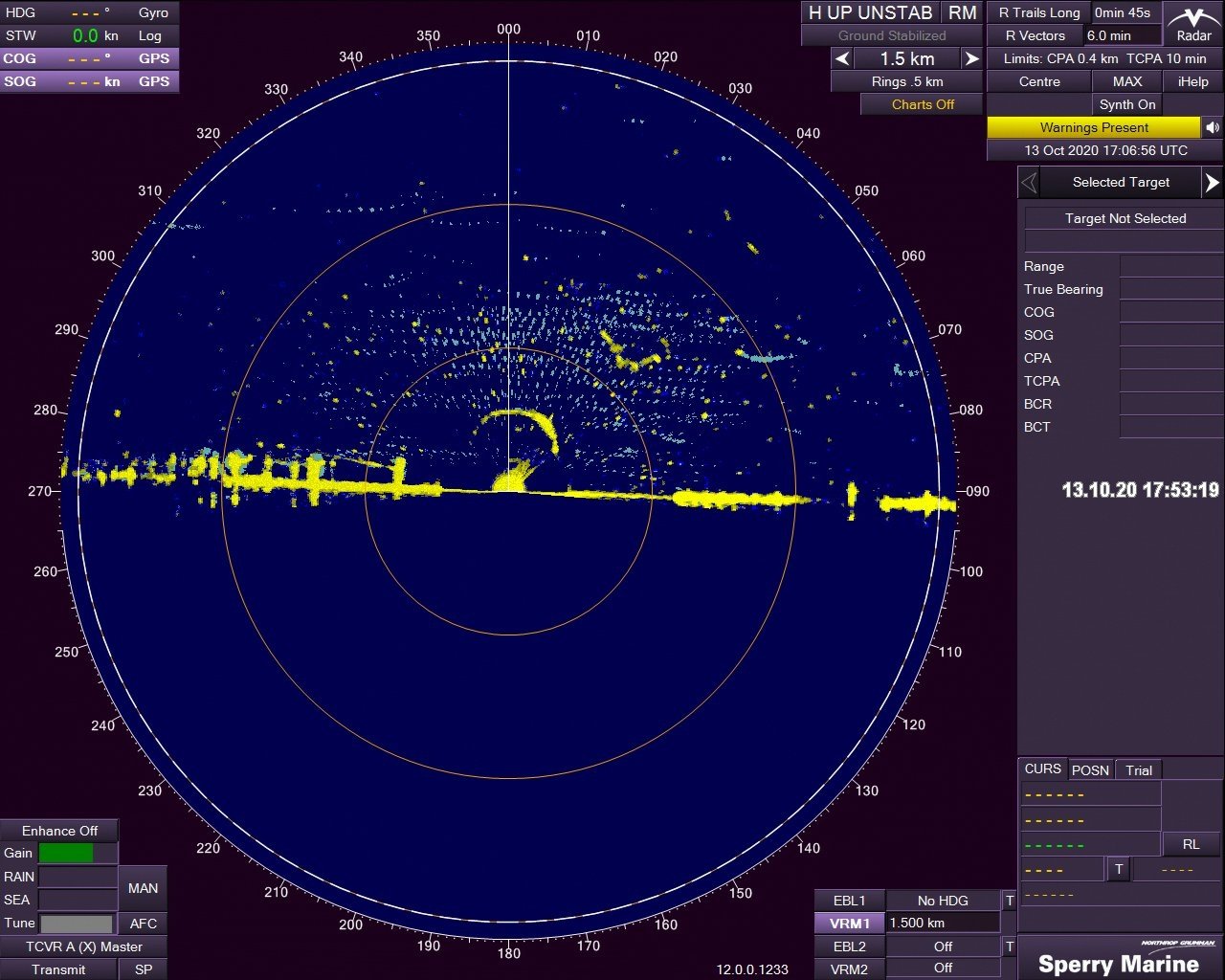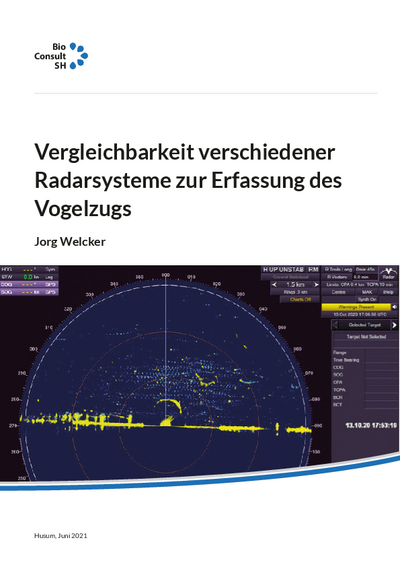Every year, millions of birds migrate between breeding and wintering areas across the German Exclusive Economic Zone (EEZ) of the North and Baltic Seas. Collisions of nocturnally migrating birds with wind turbines conflict with nature-friendly further development of offshore wind energy use.
To avoid a significantly increased number of fatalities or risks for bird migration, measures as for example turbine shutdowns are currently discussed. A shutdown will then be initiated, if migration intensities exceed a certain threshold value. Migration intensities can be determined based on radar data.
There are radar systems which are especially designed to monitor bird movement, but in the German North and Baltic Seas marine navigation radars are almost exclusively used to collect data on nocturnal bird migration. Marine radars do not meet the requirements to implement threshold-based avoidance measures in the offshore area.
It is not yet known, how far results of different radar systems correspond to each other.
Aim of the present study was to compare migration intensities determined based on data of a marine navigation radar (Sperry Marine VisonMaster FT) to those determined based on a bird monitoring radar (Swiss Birdradar Solution AG Birdscan MR1). The question in focus was whether these radar systems show good agreement in terms of an exceedance of threshold values.
The answer to this question is vital for the radar-based introduction of threshold-based measures.


